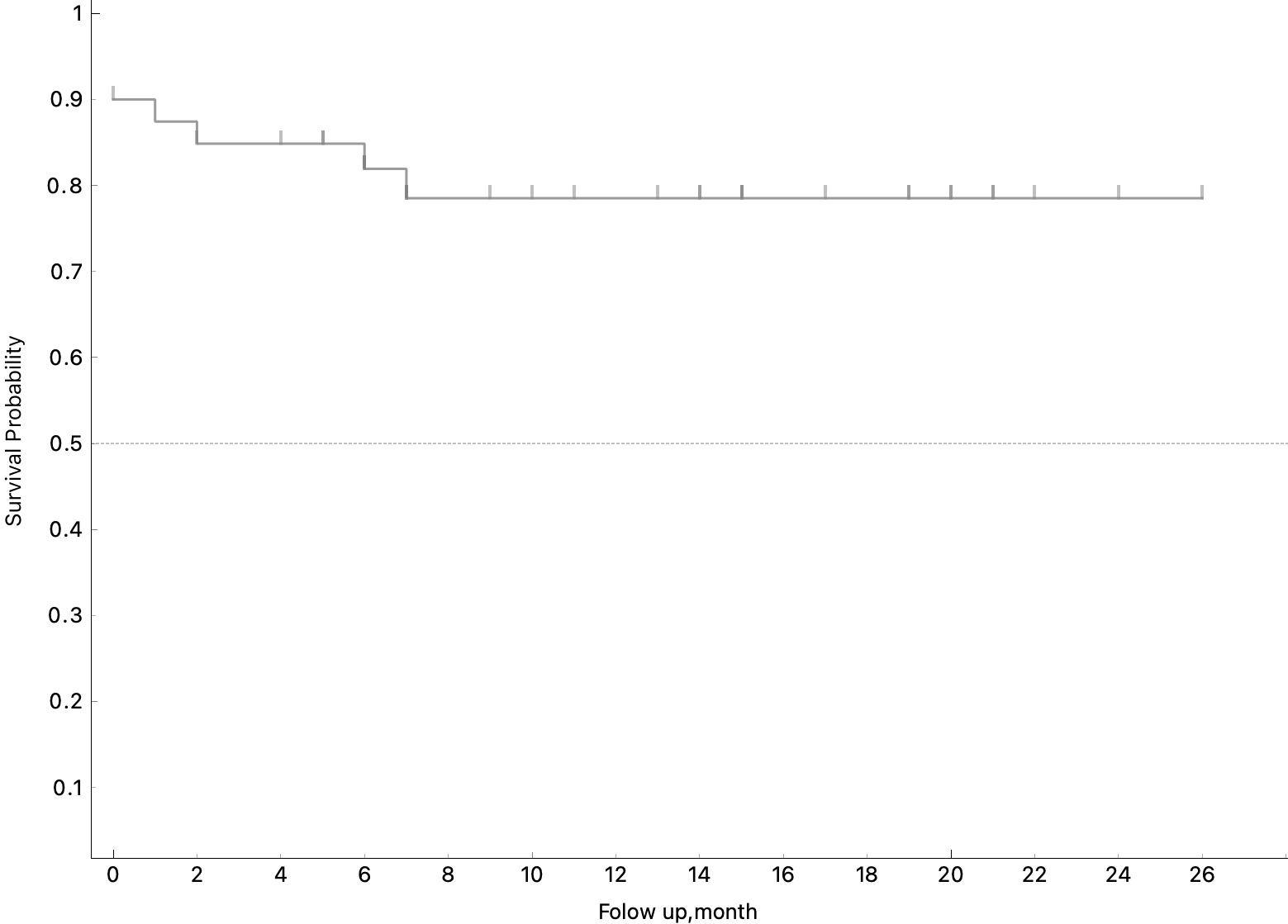Results of first 40 cases of living donor liver transplantation performed in Republic of Uzbekistan
Timur Dzhanbekov1,2, Konstantin Semash1,2.
1General Surgery Department, National Children's Medical Center, Tashkent, Uzbekistan; 2Department of hepatio-biliary surgery and liver transplantation, V. Vakhidov Republican Specialized Scientific and Practical Medical Center of Surgery, Tashkent, Uzbekistan
Introduction: Living donor liver transplant (LDLT) is an effective method of treatment in patients with different types of terminal liver diseases. The purpose of our work was to evaluate the results of the first series of living donor liver transplantation in our country and to show that in the conditions of our country liver transplantation is a feasible procedure.
Methods: Since October 2021 to December 2023, we performed 40 LDLTs. Immediate and long-term results were estimated.
Results: In 1 (2.5%) case thrombosis of the hepatic artery developed. In 3 cases (7.5%) stenoses of arterial anastomoses were diagnosed, which were resolved by endovascular balloon vasodilation. In 3 cases (7.5%) splenic artery steal syndrome developed; it was managed by endovascular embolization of the splenic artery. One patient (2.5%) developed portal vein thrombosis. In 2 patients (5%), 10 months after transplantation, portal vein stenosis formed; endovascular balloon angioplasty was performed with good clinical effect. Biliary complications amounted to 45%, of which 89% bile leakages, 11% strictures of the biliary anastomoses. Hospital mortality was 12.5%.

Conclusions: The results of our own research and analysis of the complications encountered are comparable with the data of the world literature and are acceptable at the stage of implementation of the liver transplantation program. Transplantation is feasible in our country, but it is necessary to improve surgical and therapeutic treatment methods in order to minimize the development of both early and late postoperative complications.
[1] living donor liver transplantation
[2] end-stage liver disease
